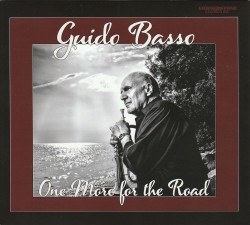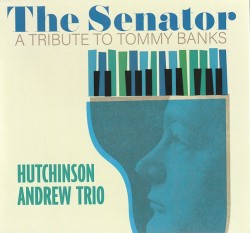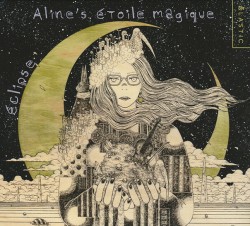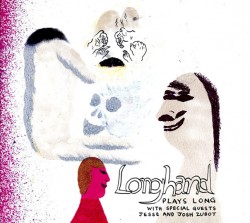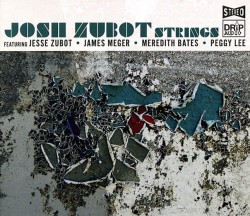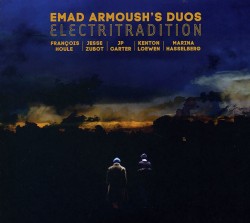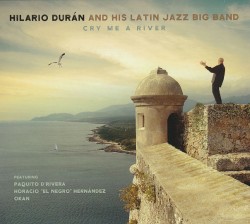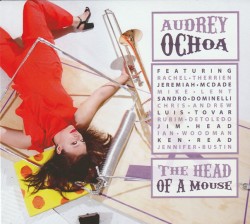Jazz from the Archives
There are few instances of jazz musicians who achieve both musical greatness and some degree of genuine popularity. The rare cases are signalled by one syllable recognition (Duke, Bird, Monk, Miles, Trane) at most two (Satchmo, Dizzy). The most prominent current activity in jazz recording revolves around archival releases, whether reissues or newly uncovered discoveries. Each of these sets presents musicians who had a certain dance with significant popularity.
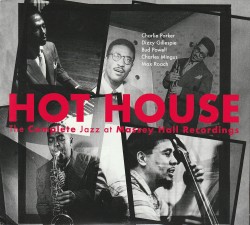 If there’s a singular jazz event embedded in Toronto history, it’s one that occurred in 1953. Hot House: The Complete Jazz at Massey Hall Recordings (Craft Recordings CR00683 craftrecordings.com/search?type=product&q=Hot+house) has often been marketed as The Greatest Jazz Concert Ever, a wild claim by any standard, but it is drenched in greatness. With saxophonist Charlie Parker, trumpeter Dizzy Gillespie, pianist Bud Powell, bassist Charles Mingus and drummer Max Roach, every musician in the quintet represented one of the greatest figures ever to play jazz (or anything else) on his instrument of choice. They had all played together extensively, and in 1953 were at or near their peak abilities. When it was originally released on Mingus’ Debut label, the bassist, unhappy with the original recording levels, overdubbed his bass parts.
If there’s a singular jazz event embedded in Toronto history, it’s one that occurred in 1953. Hot House: The Complete Jazz at Massey Hall Recordings (Craft Recordings CR00683 craftrecordings.com/search?type=product&q=Hot+house) has often been marketed as The Greatest Jazz Concert Ever, a wild claim by any standard, but it is drenched in greatness. With saxophonist Charlie Parker, trumpeter Dizzy Gillespie, pianist Bud Powell, bassist Charles Mingus and drummer Max Roach, every musician in the quintet represented one of the greatest figures ever to play jazz (or anything else) on his instrument of choice. They had all played together extensively, and in 1953 were at or near their peak abilities. When it was originally released on Mingus’ Debut label, the bassist, unhappy with the original recording levels, overdubbed his bass parts.
The present reissue offers optimal restoration of the original recordings on Disc One of the two-CD package, both the quintet set and a trio set by Powell, Mingus and Roach. A live recording at the dawn of the LP era, it offers longer takes than earlier formats had accommodated, so there’s plenty of brilliant blowing on bop anthems like Salt Peanuts and A Night in Tunisia, performances now embedded in jazz history. Powell, with perhaps the talent closest to Parker’s but with a life even more troubled (by police beatings, addiction, mental illness and electroshock therapy), performs brilliantly, especially in the trio set. Mingus’ remodelling of the quintet recordings is on Disc Two. His overdubs are at a tasteful volume level and are models of bebop bass line construction. The foldout liner includes a fine 2009 account of the 1953 event written by an attendee, longtime Coda and The WholeNote contributor Don Brown.
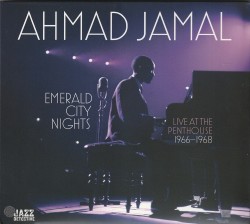 Pianist Ahmad Jamal, whose approach emphasized design over emotional impulse, has always been admired by audiences and musicians, though sometimes derided by critics. The third and last of a series of two-CD sets, his Emerald City Nights: Live at the Penthouse 1966-68 (Jazz Detective DDJD-006 deepdigsmusic.com) has the trio completed by bassist Jamil Nasser and drummer Frank Gant. It’s very much in the mould of the previous sets, though with more emphasis on current pop material. It has the fine structural detailing of Jamal’s arrangements, the hand-in-glove accompaniment of talented and regular sidemen and the regal elegance of Jamal’s keyboard command, here applied to a repertoire that stretches from traditional standards like Autumn Leaves to the then-current jazz of John Handy’s Dance to the Lady. There are also several contemporary film and television themes, like Naked City Theme and Alfie, a sign of the times that Jamal and his partners treat as vehicles for extrapolation. Among the extended improvisations, Henry Mancini’s Mr. Lucky and Antonio Carlos Jobim’s Corcovado stand out, while Jamal also provides a gem-like, unaccompanied solo rendering of Johnny Mandel’s Emily.
Pianist Ahmad Jamal, whose approach emphasized design over emotional impulse, has always been admired by audiences and musicians, though sometimes derided by critics. The third and last of a series of two-CD sets, his Emerald City Nights: Live at the Penthouse 1966-68 (Jazz Detective DDJD-006 deepdigsmusic.com) has the trio completed by bassist Jamil Nasser and drummer Frank Gant. It’s very much in the mould of the previous sets, though with more emphasis on current pop material. It has the fine structural detailing of Jamal’s arrangements, the hand-in-glove accompaniment of talented and regular sidemen and the regal elegance of Jamal’s keyboard command, here applied to a repertoire that stretches from traditional standards like Autumn Leaves to the then-current jazz of John Handy’s Dance to the Lady. There are also several contemporary film and television themes, like Naked City Theme and Alfie, a sign of the times that Jamal and his partners treat as vehicles for extrapolation. Among the extended improvisations, Henry Mancini’s Mr. Lucky and Antonio Carlos Jobim’s Corcovado stand out, while Jamal also provides a gem-like, unaccompanied solo rendering of Johnny Mandel’s Emily.
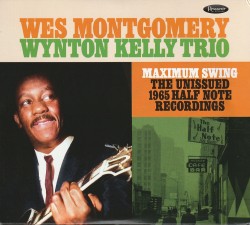 Another master stylist, Wes Montgomery, was definitely the most admired jazz guitarist of the 1960s, whether for his lyricism, rhythmic drive or the solos that often developed through choruses of single notes, then octaves, then chords. While the later recordings in his short career often featured pop ballads with light-pop orchestrations and minimal improvisation, his live performances generally stuck to the mainstream modern jazz that first brought him fame, like those heard with the Wynton Kelly Trio on Maximum Swing: The Unissued 1965 Half Note Recordings (Resonance HCD-2067 resonancerecords.org), recorded on Sundays between September and November 1965. Some of Montgomery’s greatest recordings were done with Kelly, who shared the guitarist’s own qualities, including strong roots in blues and swing and a crisp, engaging sense of purpose.
Another master stylist, Wes Montgomery, was definitely the most admired jazz guitarist of the 1960s, whether for his lyricism, rhythmic drive or the solos that often developed through choruses of single notes, then octaves, then chords. While the later recordings in his short career often featured pop ballads with light-pop orchestrations and minimal improvisation, his live performances generally stuck to the mainstream modern jazz that first brought him fame, like those heard with the Wynton Kelly Trio on Maximum Swing: The Unissued 1965 Half Note Recordings (Resonance HCD-2067 resonancerecords.org), recorded on Sundays between September and November 1965. Some of Montgomery’s greatest recordings were done with Kelly, who shared the guitarist’s own qualities, including strong roots in blues and swing and a crisp, engaging sense of purpose.
The Kelly trio was literally Miles Davis’ former rhythm section with drummer Jimmy Cobb and bassist Paul Chambers. Here, Chambers is present for only the first three tracks, giving way to a succession of other distinguished bassists – Ron Carter, Major Holley and Larry Ridley – all of whom perform admirably. The recording quality isn’t good, but the spirited music usually rises above it, from high energy versions of Impressions, Cherokee and Four on Six to extended treatments of Star Eyes and The Song Is You, works crafted for Montgomery and Kelly’s combination of tuneful improvisations and joyous bounce.


